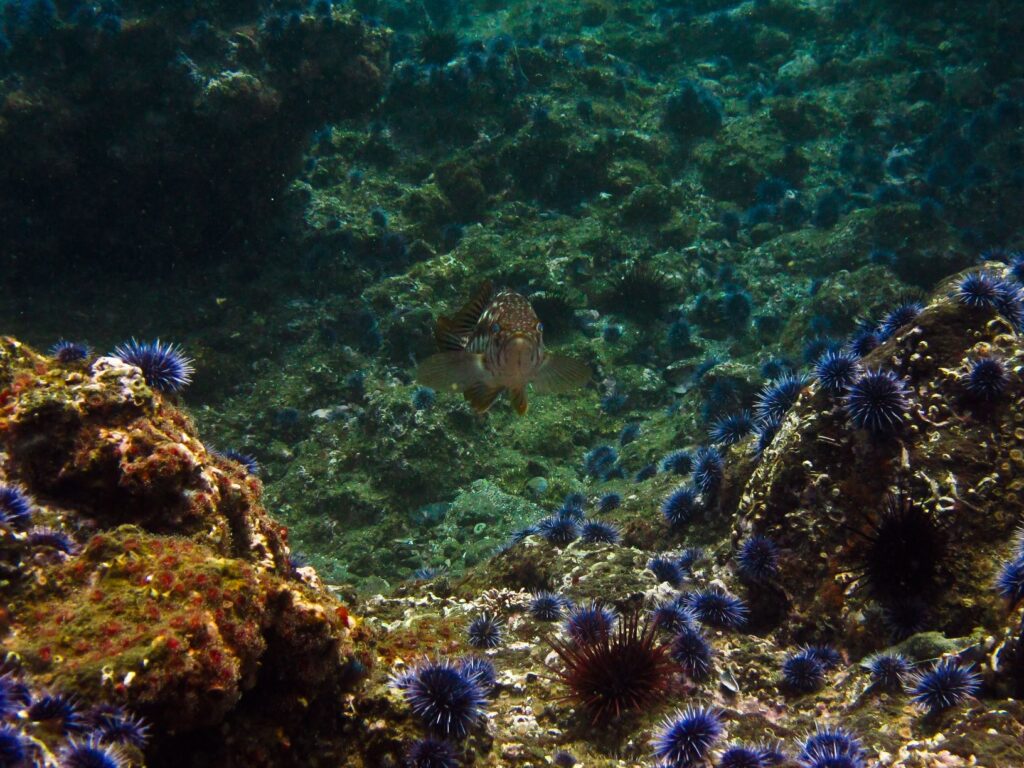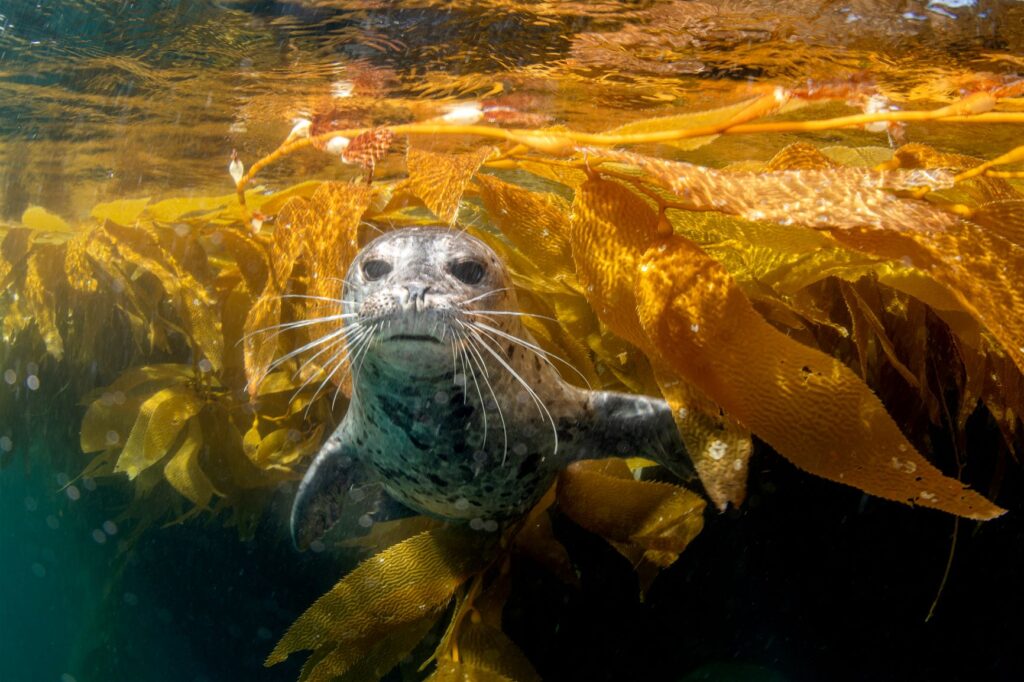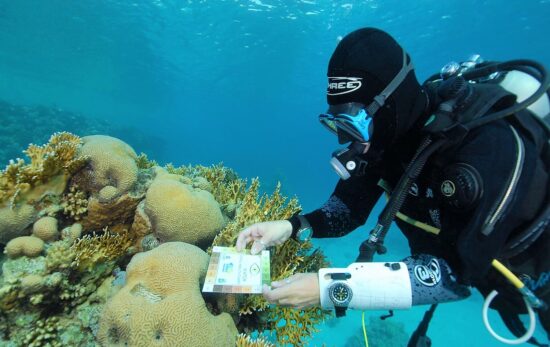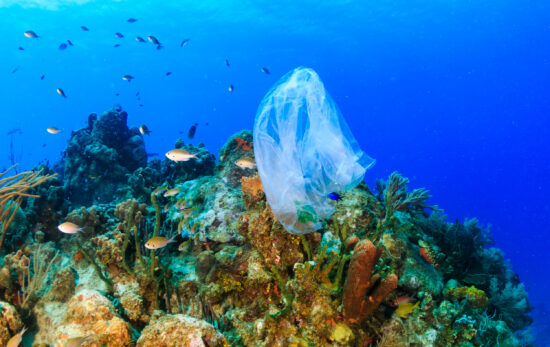PADI Torchbearer and MSDT Instructor James Moskito calls for divers to save our kelp forests.
Without significant action, up to 90% of our coral reefs could be gone by 2050.
Scary? Absolutely. Exceptional circumstances? Unfortunately not. As divers, we know all too well the threats facing our planet’s most biodiverse ecosystem – coral reefs. We’re also beginning to appreciate the importance and interconnected nature of all marine ecosystems, like seagrass and mangroves, and thier widespread degradation.
What we’re less aware of is the plight of kelp forests the world over. As with all things in nature, we know that marine ecosystems exist in a delicate balance. When that balance is disturbed by human activity, we risk widespread havoc like that of lionfish explosion in the Caribbean. What’s clear is that everything is connected, and our actions have a direct impact on the natural world.
Luckily, we have the power to take restorative action. Just as we see an ever growing number of divers heading out to replant coral, manage lionfish populations, monitor reefs and restore mangroves, the same can – and should – be done for kelp.
We caught up with James, long-time shark champion and recent kelp advocate to learn more about the issue, and how we can be part of the solution.
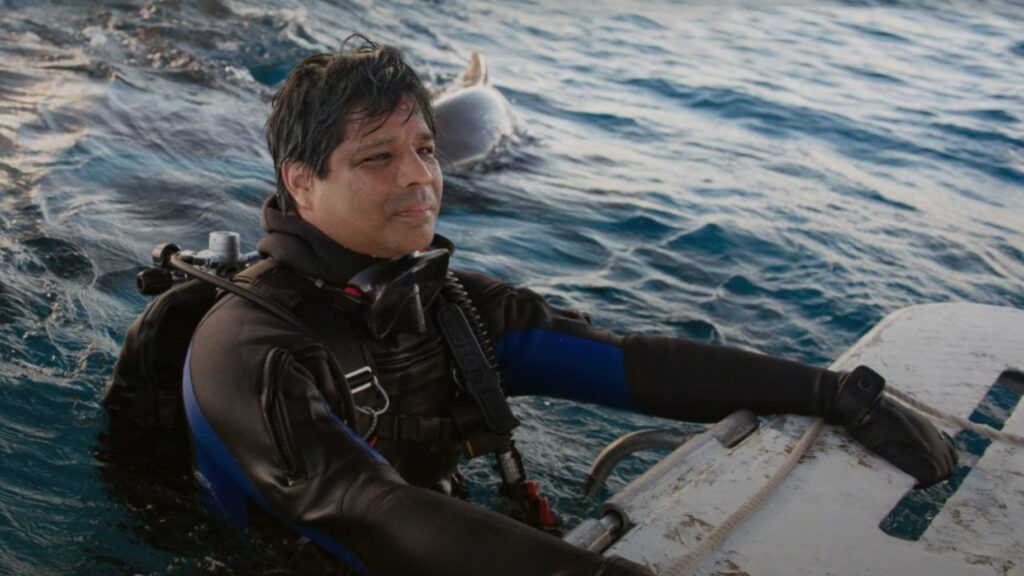
Hi James – Thanks for bringing this project to our attention. Please, would you tell us a little bit about you and your diving background?
I’m a California native, born and raised in the San Francisco Bay Area. I own the expedition company Ocean Safaris leading tours domestically and internationally for 20+ years. I’ve been teaching scuba, leading dives and trips since 2000 for big animals around the world focusing on large sharks, primarily Great White Sharks along with Tiger Sharks, Whale Sharks, Bull Sharks and Hammerhead sharks.
I’m known in the dive industry for my film production of large sharks. You may have seen my work in TV commercials, movies, magazines and during Shark Week – both in front of and behind the camera.
What got you into conservation?
In the beginning it was sharks. Seeing millions of sharks killed each year for the shark fin soup trade, I used my platform as dive instructor to teach people about sharks and how they needed our protection.
In 2005 I was the lead diver that rescued and freed a whale from being caught in crab traps with over a mile of rope around it. At that time it really made me aware of whales and how our world affects them with fishing gear and the interaction of shipping with ship strikes killing the whales.
Now, seeing my home waters of California loose the beautiful Kelp forests, I again want to make a difference.
Why are the kelp forests being lost?
This video (>11 min) illustrates the issue of urchin takeover, the impact it’s having on local kelp forests and why we need to act. Put simply, human influence has led to an explosion of urchins that are eating the base of the kelp and cutting them loose to drift away. What results is urchin barrens where dense kelp forests used to be.
What is the restoration project?
Lovers Cove and Tanker’s Reef in Monterey are the planned sites for kelp restoration. See the dive plan at https://g2kr.com/urchin-removal-petition#175d1ef1-e855-48d8-864f-d5038b5e99ae
Tanker’s Reef has in past years been a giant kelp forest of about 20 acres. The shale reefs here have become urchin barrens with no kelp canopy. Lovers Cove supported one of the richest kelp forests in southern Monterey Bay until 2017, when it was decimated by urchins. There is only one small kelp stand remaining on the granite reefs near the entrance to the cove. The plan is to remove urchins and restore kelp on the west side. The lone remaining kelp hopefully can re-seed the cove.

What is the PADI Kelp Restoration Specialty?
By using the power and industry name of PADI we are training divers to restore balance. We’re using the PADI Kelp Restoration Specialty to raise awareness to the loss of the Kelp forest and these habitats. Here in North America we have lost kelp on the Pacific West Coast from Baja, Mexico to British Columbia, Canada.
We want to prove to the Fish and Game Commission that by working with individuals certified as Kelp Restoration Specialty Divers we can cull urchins or other invasive species and restore kelp without harming other marine life on the reef.
Once we can show that volunteer scuba divers can make a difference, we can expand the program to other parts of Monterey, Northern California, Southern California, the west coast and other parts of the world where loss of kelp is happening in places like New Zealand and South America. This is just not a Monterey problem… as we see kelp disappearing globally.
Scuba divers have seen first-hand of the loss of habitat for sea stars, fish and even endangered Sea Otters. However, unlike the beetles that destroy our Giant Sequoia Trees, locusts that eat our farmer’s grains, mice or rats that cause damage that anyone can see, underwater is where divers need to voice their concerns, educate the community and make a difference while we still have a chance to save and restore these underwater environments.
Hopefully we can get the support to bring awareness and funding to our National Marine Sanctuaries to help us restore our underwater kelp forests before we start to see national headlines like this. As divers it is our duty to share, voice our concerns and make a positive difference for our part of the world that is underwater.
Learn more about the Kelp Restoration Specialty and get involved at https://g2kr.com.
If you could ask the Torchbearer Community to take one action, what would it be?
Sign up at https://g2kr.com. Join us and be part of the team that makes a difference, donate your time, your dive time and/or your money. It all adds up.

